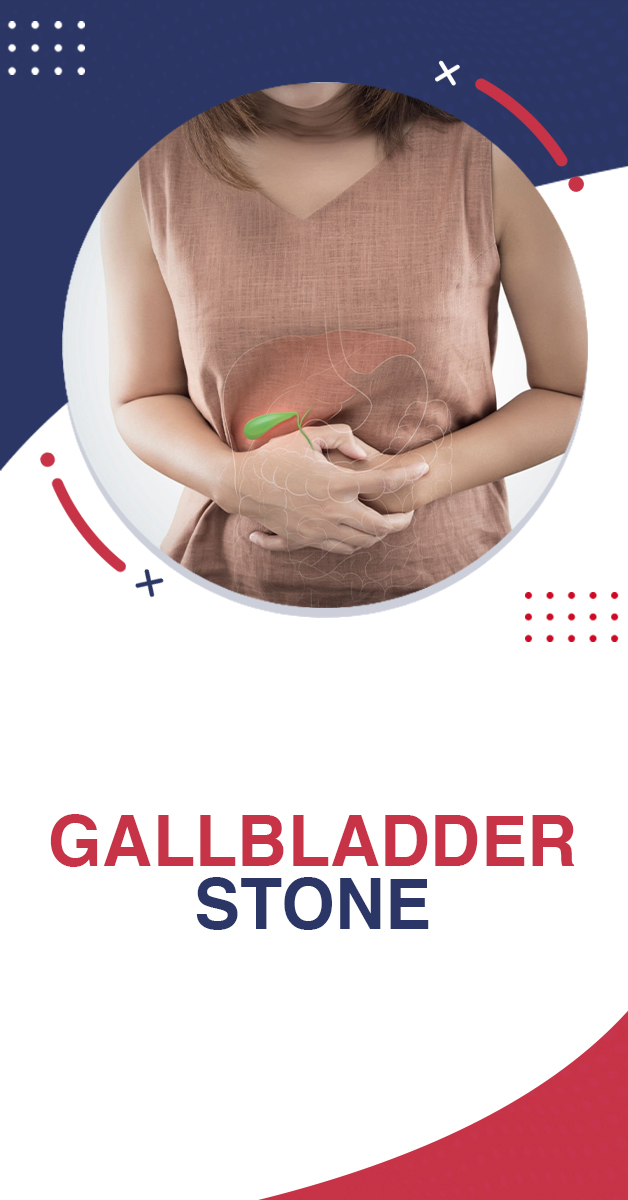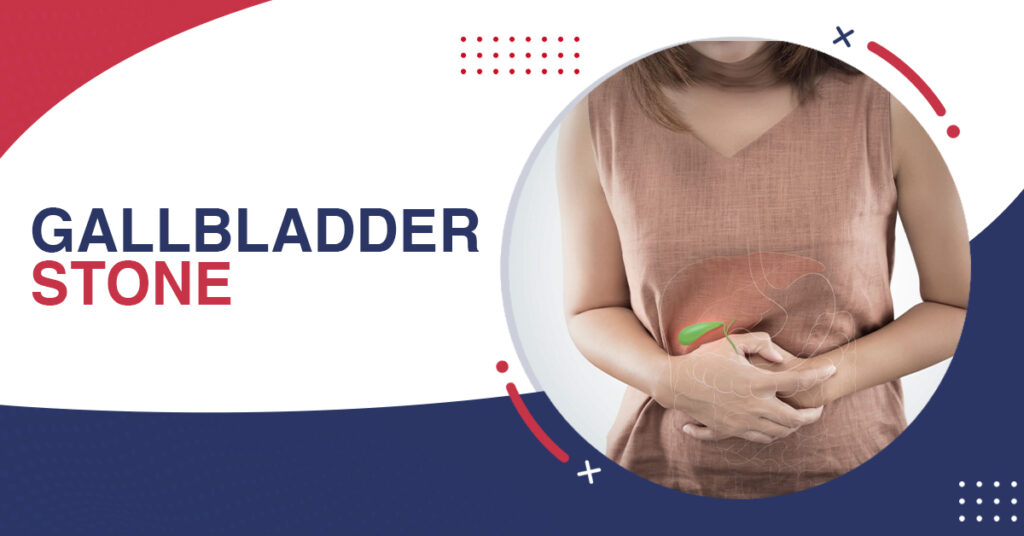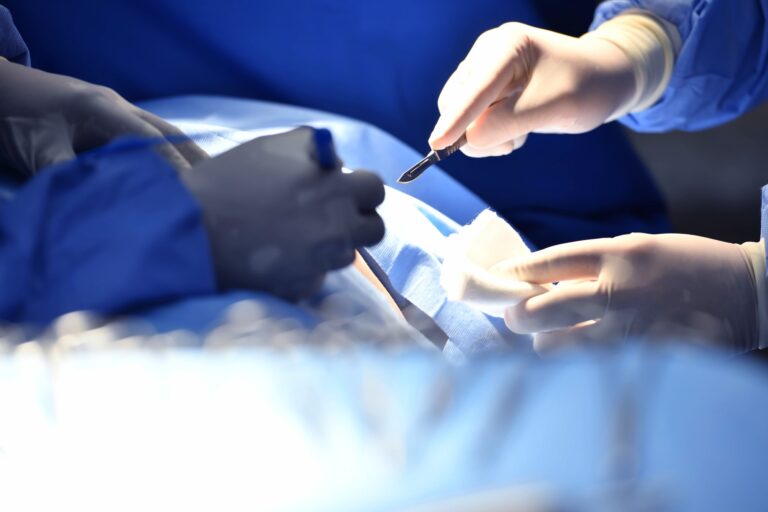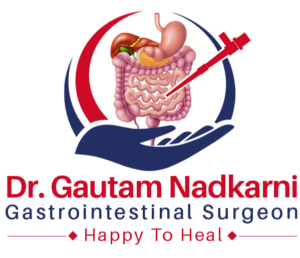


Gall Bladder Stone
A gallstone is a stone formed within the gallbladder from bile components. The term cholelithiasis may refer to the presence of gallstones or to the diseases caused by gallstones. Most people with gallstones (about 80%) never have symptoms. When a gallstone blocks the bile duct, a crampy pain in the right upper part of the abdomen, known as biliary colic (gallbladder attack) can result.This happens in 45% of those with gallstones each year. Complications of gallstones may include inflammation of the gallbladder (cholecystitis), inflammation of the pancreas (pancreatitis), jaundice, and infection of bile duct (cholangitis). Symptoms of these complications may include severe pain in abdomen, fever, yellowish skin, vomiting, dark urine, and pale stools.
There are two types of gallstones:
- Cholesterol Stones: These stones make up majority of all gallstones. They form when there is too much cholesterol in the bile.
- Pigment stones: They form when there is excess bilirubin in the bile.
Symptoms
- The most common symptom is a pain in the right upper part of the abdomen.
- It occurs frequently at night and may awaken the person from sleep.
- The pain is usually severe and constant, and can last from one to five hours.
- The pain usually starts within 30 minutes after a fatty or greasy meal and it may radiate to the right shoulder or back.
Causes
- Excessive cholesterol in bile (Diet, dyslipidemia, drugs including oral contraceptives & fibrates, obesity)
- Rapid weight loss (esp. following bariatric surgery)
- Decreased contractility of gallbladder
- Blood disorders (Haemolytic Anaemias), genetics and ethnicity.
Treatment
Laparoscopic Cholecystectomy
- Laparoscopic Cholecystectomy is gold standard treatment for gall stones.
- It is a key hole surgery where gall bladder is removed from three or four small holes.
Single Incision Laparoscopic Surgeryy
- SILS (Single Incision Laparoscopic Surgery) is surgeons endeavour to decrease post-operative discomfort, improve cosmesis and hasten recovery.
- In conventional laparoscopy three or four small incisions are made. In SILS, the gallbladder is dissected and removed through a single small incision at navel (Umbilicus).
Medical treatment
- Dissolving stones Drugs made from bile acids are used to dissolve the gallstones.
- They are usually offered only to people who are unfit for surgery.
- These drugs work best for cholesterol stones.
- It may take months or even years for the gallstones to dissolve.
- It has a significantly high rate of recurrence.

